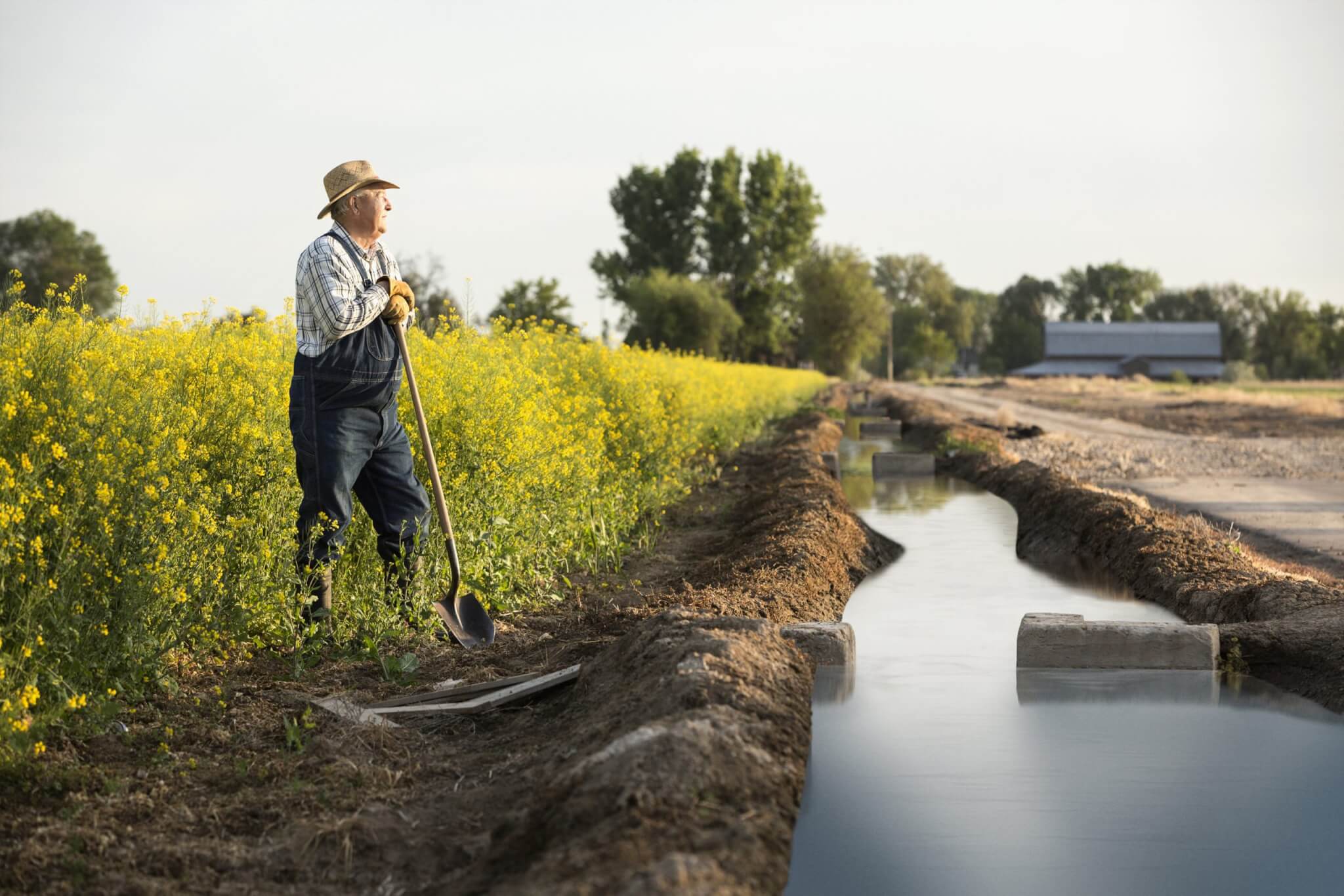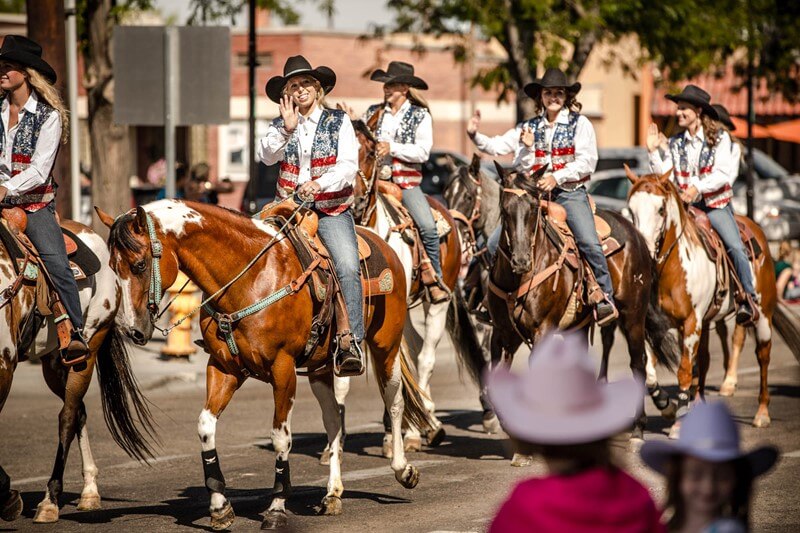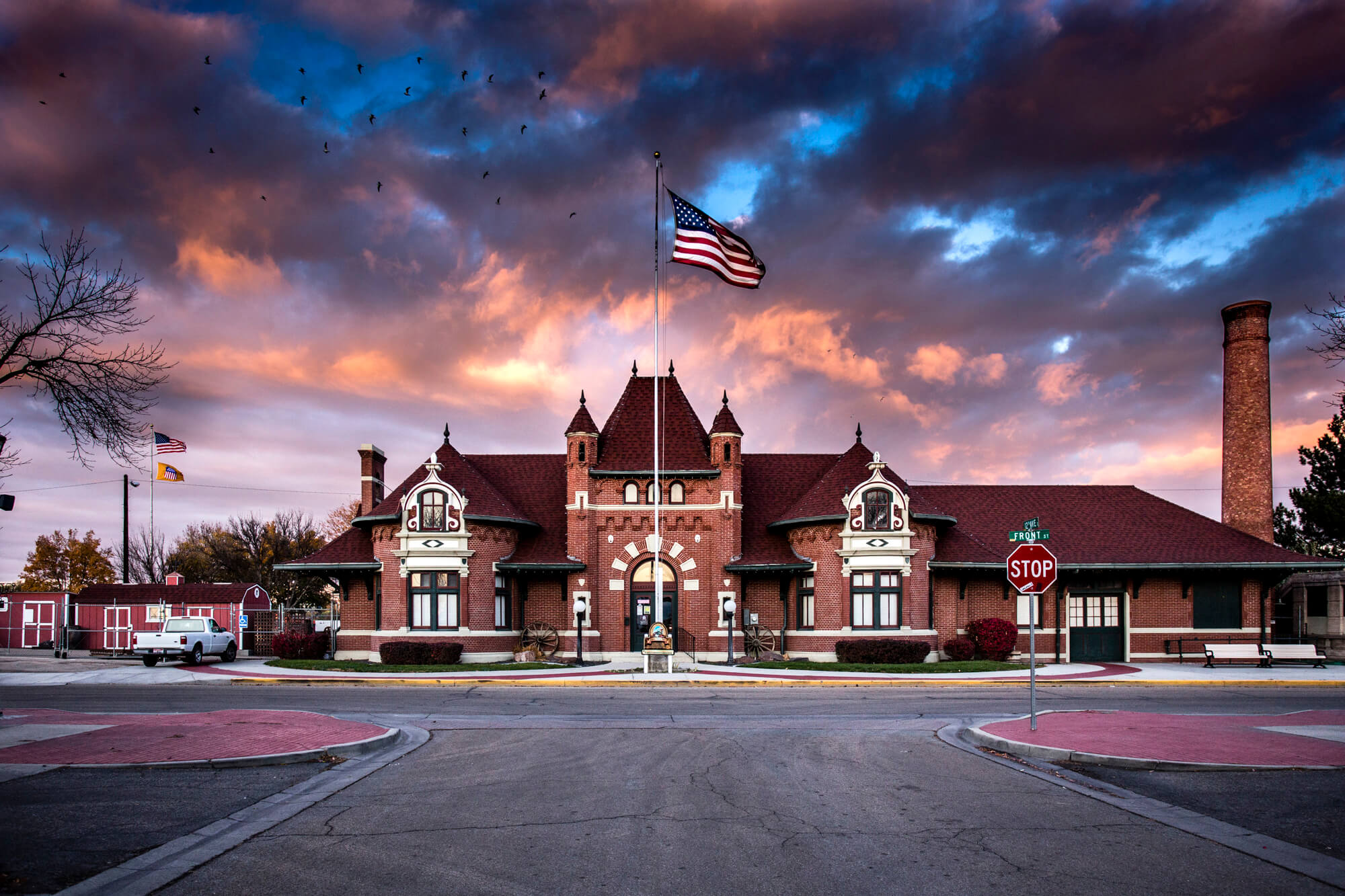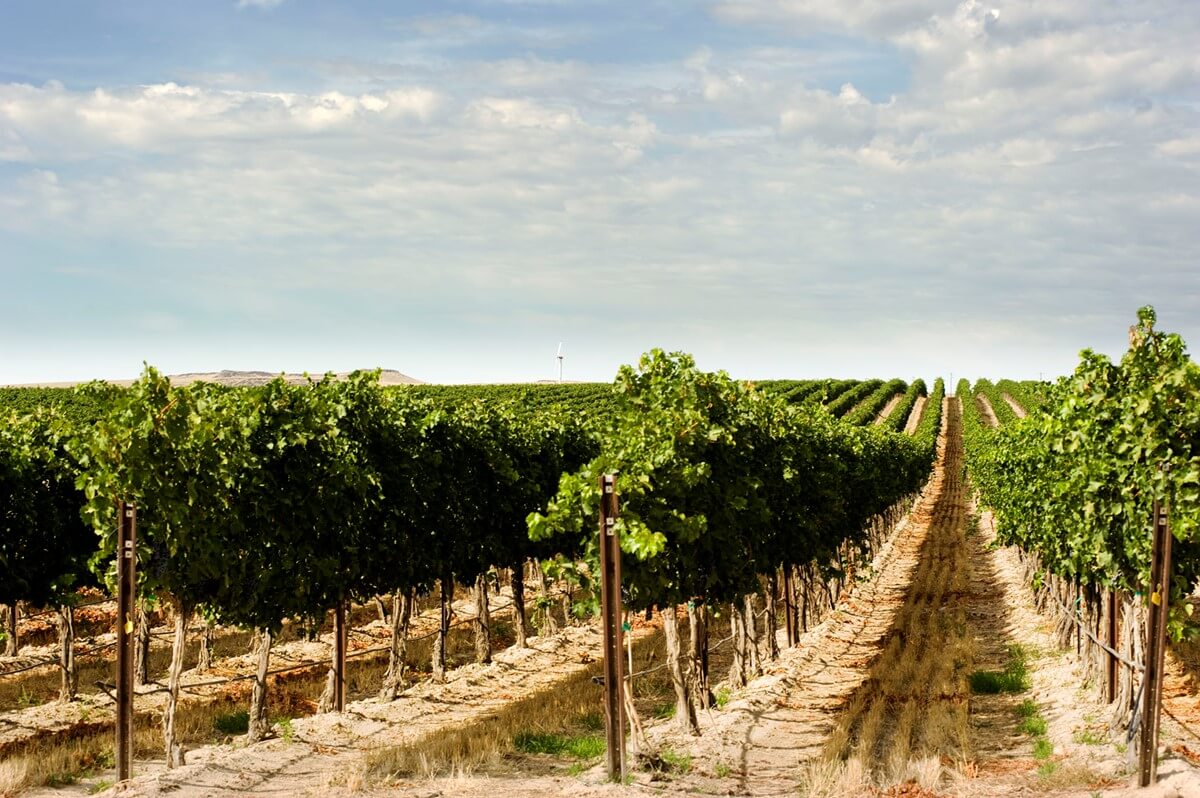
Historia y visión
De ayer a hoy, Nampa cumple 130 años.
Historia y visión
Historia de Nampa
La historia de Nampa, Idaho, comienza con la Land and Improvement Company.
En 1883, el paisaje de lo que se convertiría en el condado de Canyon cambió para siempre cuando la línea corta de ferrocarril de Oregón (filial de Union Pacific) se abrió paso desde Granger, Wyoming, hasta Huntington, Oregón. El terreno, cubierto de arbustos, se despejó y niveló para que pudieran tenderse las vías, lo que permitió a los emigrantes del Este viajar con mayor seguridad. A lo largo de las vías surgieron ciudades cada 15 ó 16 kilómetros, como Nampa.
Nadie sabe con certeza de dónde procede el nombre de "Nampa", pero a medida que se construía el ferrocarril a través de Idaho, se fueron dando nombres poco comunes a algunas de las estaciones. Se creía que muchos de estos nombres eran de origen nativo americano.
En 1885, Alexander y Hannah Duffes (con el impulso de James McGee) se establecieron en 160 acres de tierra al este de Caldwell para crear una ciudad. En 1886, Duffes y McGee formaron la Nampa Land and Improvement Company y dividieron la propiedad en lotes. Duffes era un hombre religioso y soñaba con una ciudad sin tabernas. Por ello, se negó a vender lotes a cualquiera que tuviera la intención de construir una taberna. En consecuencia, la gente empezó a referirse a la ciudad de Nampa como "Nueva Jerusalén". Curiosamente, 21 años después, la casa de los Duffes fue trasladada y en su lugar se construyó una cervecería.
Desarrollo
La promesa del riego llevó a muchos emigrantes a establecerse en las tierras que rodean Nampa. En 1890, el canal Phyllis llevó el agua de riego a Nampa y sus alrededores. En 1891, se completó la ampliación del Canal Ridenbaugh. Con la finalización de estos canales, se estima que entre 150.000 y 300.000 acres de tierras de cultivo adyacentes a Nampa pudieron ser despejadas de artemisa y cultivadas.
El 17 de abril de 1891, se formó un gobierno municipal y se incorporó la ciudad de Nampa. En 1900, Nampa tenía una población de unos 800 habitantes.
El agua es un bien esencial en el desierto. En 1909, el Bureau of Reclamation creó un lugar de almacenamiento de agua para los granjeros del condado de Canyon. Este lugar, el embalse de Deer Flat, llevaría agua a unas 2.900 granjas en 1910. En la actualidad, el embalse de Deer Flat sigue abasteciendo a los agricultores del condado de Canyon.


Ferrocarril
En 1900, ya pasaban por Nampa 10 trenes de pasajeros al día. Fue entonces cuando el coronel W.H. Dewey, promotor y acaudalado minero, se interesó por Nampa. Construyó el ferrocarril Boise, Nampa y Owyhee desde Nampa hasta Murphy, Idaho. Dewey también promovió otro ferrocarril que se construyó de Nampa a Emmett y finalmente a Lakeport, ahora McCall, Idaho.
Como Nampa era el nudo de comunicaciones de cuatro líneas de ferrocarril, Dewey decidió que era necesario un hotel elegante en la zona. Así que en 1902, Dewey construyó el Dewey Palace Hotel. En aquella época, el Dewey Palace Hotel estaba considerado uno de los mejores hoteles del Oeste.
Con tanto tráfico de trenes de pasajeros, Nampa necesitaba una estación de tren más grande. En septiembre de 1903, se terminó una nueva estación de pasajeros. Esta estación de tren alberga ahora el Museo de la Sociedad Histórica del Condado de Canyon, en el 1200 de la calle Front de Nampa.
La Estampida del Río Snake
En 1908, un grupo de mujeres cristianas organizó una feria callejera. Esta feria callejera dio lugar a un popular acontecimiento anual llamado "Festival de la Cosecha", en el que los agricultores locales traían sus frutas, verduras, aves de corral y otros productos para venderlos en el centro de Nampa. En 1913, se añadió un concurso de reserva de Broncos.
Con el paso de los años, el Harvest Festival desapareció, pero la parte de rodeo del festival, el Snake River Stampede, ha continuado hasta nuestros días. En la actualidad, la Estampida de Snake River es uno de los 10 mejores rodeos de los circuitos profesionales. El Festival de la Cosecha se recuperó en 2015 con motivo del centenario de la Estampida.


Incendio en el centro de la ciudad
El 3 de julio de 1909, toda la manzana del centro de Nampa situada entre las avenidas 12 y 13 y las calles First y Front quedó destruida cuando explotó un petardo en una tienda de cigarros con armazón de madera. Este incendio obligó a los residentes de Nampa a reconstruir gran parte del centro de la ciudad.
Nampa Hoy
La agricultura ha sido y sigue siendo un elemento clave de la economía de Nampa. Gracias al cultivo, las empresas agrícolas han crecido en Nampa. Actualmente, Nampa es la sede de la Azucarera Amalgamated, la fábrica de queso Sorrento Lactalis y muchas otras.
Aunque el servicio de trenes de pasajeros se interrumpió en Idaho en 1997 por falta de financiación y de uso, Nampa sigue siendo una parte importante de las operaciones de la línea principal de Union Pacific, tanto ahora como en un futuro previsible.
